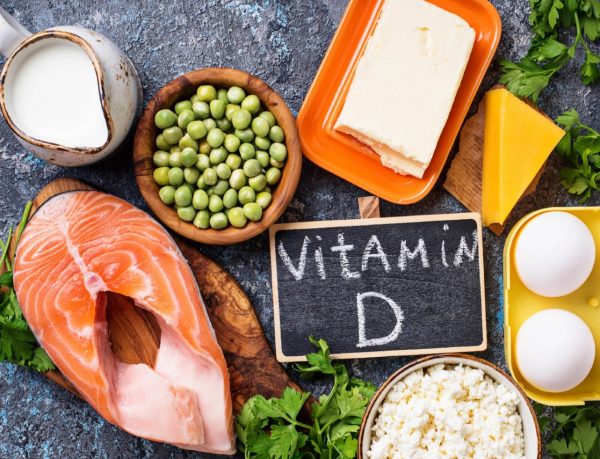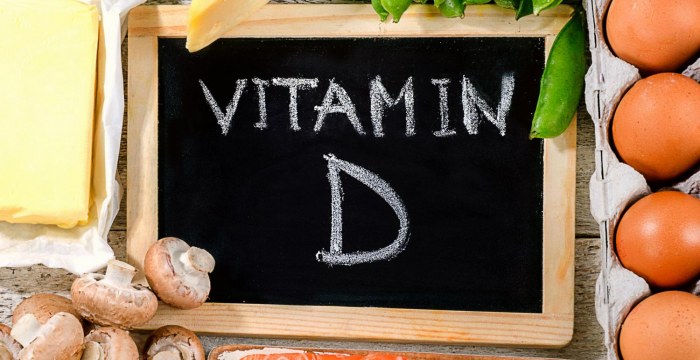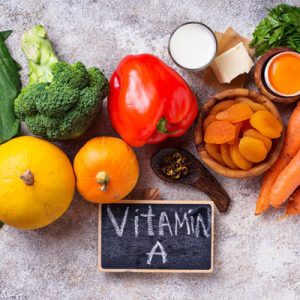What Does Vitamin D Do?
Getting enough Vitamin D is very important for maintaining a healthy body. Vitamin D keeps our bones and teeth healthy and may protect against several serious conditions including multiple sclerosis, type 1 diabetes, and cancer.
Vitamin D has multiple functions in the body, helping to:
- Maintain healthy bones and teeth.
- Support immune system health and improve brain function.
- Aid nervous system processes.
- Regulate insulin levels and help with diabetes management.
- Support lung function and cardiovascular health.
- Positively affect the expression of genes involved in cancer development.
How can I Increase My Vitamin D Level?
Vitamin D is often referred to as the sunshine vitamin. Our body produces Vitamin D as a response to being exposed to the sun; it can also be consumed in food or daily vitamins. The easiest way to increase your Vitamin D level is to get as much sunshine as possible. On sunny days, going for a walk or even just sitting in the sun will quickly increase your Vitamin D levels.
Taking a vitamin supplement that includes Vitamin D is also a great way to increase your Vitamin D level quickly. You can also get more Vitamin D by eating foods that are rich in Vitamin D.
What Foods Are High in Vitamin D?
Our bodies need between 600 and 800 units of Vitamin D daily to help keep us healthy. Eating foods high in Vitamin D can help make sure we get it.

According to health.gov, fish like salmon, whitefish, mackerel, tuna, halibut, tilapia & trout are excellent sources of vitamin D. Milk is also a great way to get vitamin D, not to mention, tasty. Other foods that are very high in vitamin D are yogurt, hard-boiled eggs, orange juice, and fortified cereals.
My favorite way to get more Vitamin D is to make recipes that include foods with high Vitamin D content. Eggs contain high amounts of Vitamin D, which makes it easy to get my Vitamin D at breakfast. When I’m not in the mood for eggs, a tasty bowl of fortified cereal with milk is a great alternative. And if you like yogurt, you’re in luck, yogurt is a quick and tasty source of Vitamin D for snack time.
Including more Vitamin D to dinner time can be a delicious adventure since so many kinds of fish are high in Vitamin D. Recipes like Salmon foils packs, baked Rainbow trout are a couple of my favorite recipes and both are high in Vitamin D. Cheese also contains Vitamin D and can be used in a million different recipes.
Below is a sample Vitamin D meal plan to get you started.
Simple Vitamin D Filled Meal Plan
| Breakfast Fortified cereal with milk or an omelet with orange juice. |
| Lunch A Lunchable and Yogurt or lean turkey sandwich with Swiss cheese |
| Afternoon Snack Tuna Salad Sandwich or Tuna salad and crackers |
| Dinner Garlic and Herb Salmon Foil Packs |
What happens when your vitamin D is low?
Vitamin D deficiency occurs when you don’t get enough Vitamin D. Vitamin D deficiency can cause a wide range of health issues including fatigue, slow healing of scars and wounds, and bone loss. Being Vitamin D deficient can also weaken our immune system causing frequent colds and other common illnesses.
Being Vitamin d deficient can also lead to weight gain.
Can Vitamin D Help You Weight With Loss?
Several studies have been done to investigate the connection between Vitamin D and weight loss. These studies have all reached the same conclusion; getting a sufficient amount of vitamin D is linked to increased weight loss.
Vitamin D has been shown to reduce the formation of new fat cells in the body, which is great news for anyone trying to lose weight.


